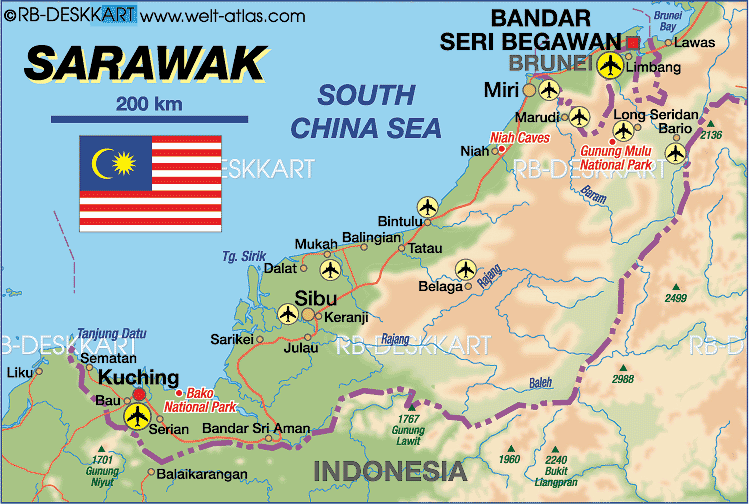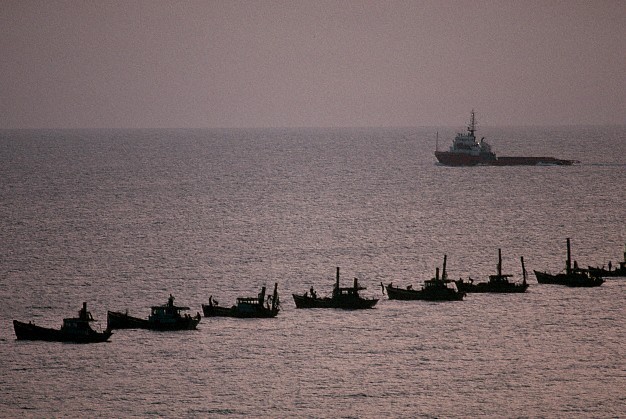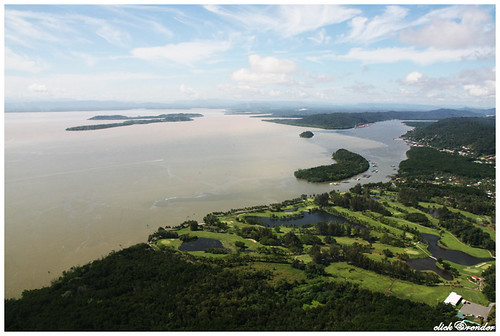
A. THE IMPORTANCE OF FISHING
- Fishing is a very important source of food (protein) in Brunei
- About 60% of Brunei's fish need to be imported mainly from Labuan, Weston, Lawas and Miri


B. FACTORS ENCOURAGING FISHING
- Most people live along the coasts and rivers
- 3 main advantages for fishing in Brunei:
1. Brunei has a long coastline
2. There are rich fishing grounds in the South China Sea
3. Brunei Bay and estuaries like the Tutong estuary provides shelter for fishing boats during storm
C. FISHING AREAS IN BRUNEI

D. TYPES OF FISH CAUGHT
E. FISHING METHODS IN BRUNEI
- In Brunei, fishing takes place both inshore and offshore
- Fish is caught using nets, traps and hooks
- Drift net fishing:
- This is a net that hangs from buoys which float on the surface of the water.
- The bottom of the net is held down with weights
- This method of fishing is used to catch fish like rumahan and tamban
- A special type of drift net called 'andang' is used to catch prawns
- Trawling
- It is a net dragged along the sea bed
- Trawlers are fishing boats that can go further out to the deep sea and also can spend more time at sea
- More fish is thus caught by trawling than drift net fishing
- Traps are mainly used in Brunei Bay. Examples are:
Bubu
Lintau
Kelong
H. PROBLEMS OF FISHING IN BRUNEI
- Labour is expensive because most jobs in Brunei are well-paid
- Imported fish are much cheaper
- Most fishermen are using traditional fishing methods
- temperature here in Brunei is too hot
- Carrying out fish farming in fresh water ponds such as tilapia or prawns
- Having joint ventures with other foreign companies to develop large scale trawling in order to overcome problems of low production from traditional fishing methods
- Increasing fish population by putting in artificial corals under the sea
- Turning low grade fish into fish cakes, fish balls, animal food and fertilizers














